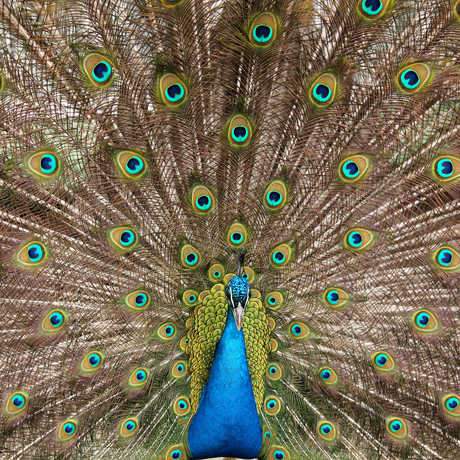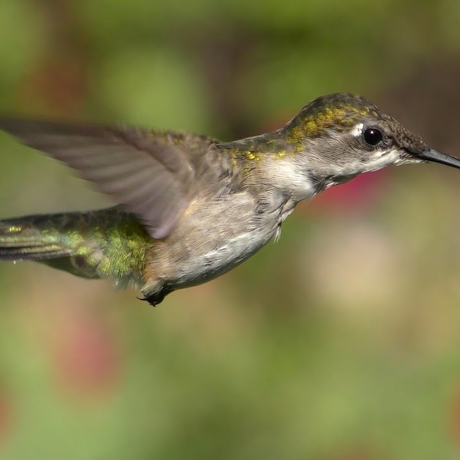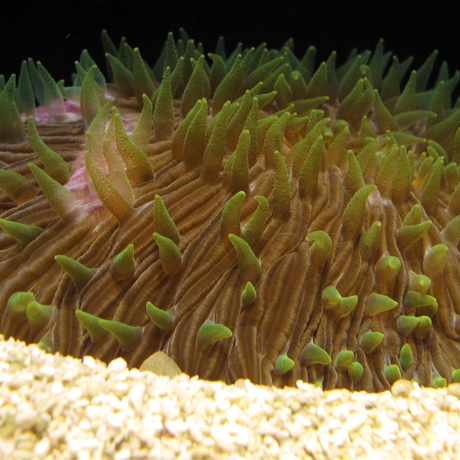Learn the benefit of using videos in the classroom, and browse resources to help you get started.
Grade level: 6-13+
Length: 7.5 minutes
Next Generation Science Standards: MS-LS1.B, MS-LS4.B, HS-LS4.B, HS-LS4.C
AP Biology Enduring Understandings: 1.A
Summary
It’s a rich and complex performance—at once lyrical, highly choreographed, and potentially deadly. Every day, right under our noses, tiny jumping spiders engage in elaborate acts of synchronized seduction. For them, it’s a right of passage, one that’s critical to their species’ survival. Males dance to win the acceptance—and avoid the jaws—of picky potential mates. And to enhance their dance, the males provide their own multi-instrumental accompaniment—personal vibratory songs that they create through lightning-fast movements of their legs and abdomens. Damian Elias, an evolutionary biologist at UC Berkeley, has made it his life’s work to understand the breadth and complexity of these spider serenades, which, until recently, were impossible to perceive by human senses. Armed with spider decoys, high-speed cameras, and laser listening devices that allow him to act, see, and hear like a spider, Elias and his colleagues are discovering what combination of ability, grace, and swagger allows jumping spiders to discern which individuals offer the best potential in a mate. And they’re finding that these dances may in fact play a critical role in the evolution and differentiation of new jumping spider species.
Video Discussion Questions
- What do male jumping spiders do to try to convince females to mate with them?
- What do females do to male spiders if they don't like their courtship display or isn't interested? Why do you think this is? What do you think the evolutionary consequences of this are?
- How do the researchers in this video use high-speed video and laser listening devices to study the courtship displays of male jumping spiders? What is their experimental set-up?
- What kinds of things is a female jumping spider looking for in the male's displays?
- Why do you think more closely related species have similar courtship displays, while more distantly related species have less similar displays?




